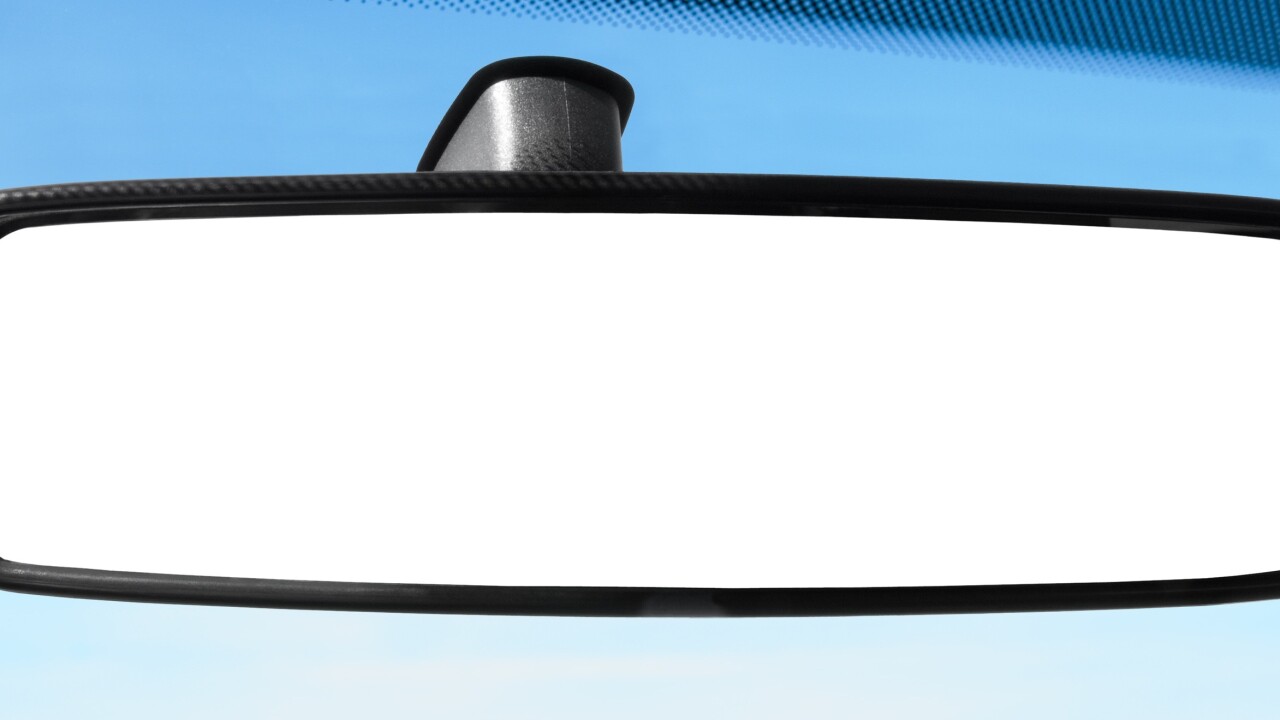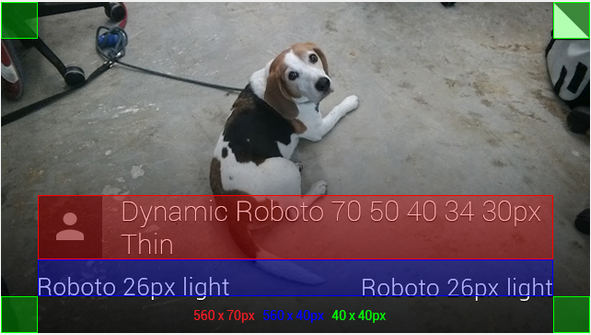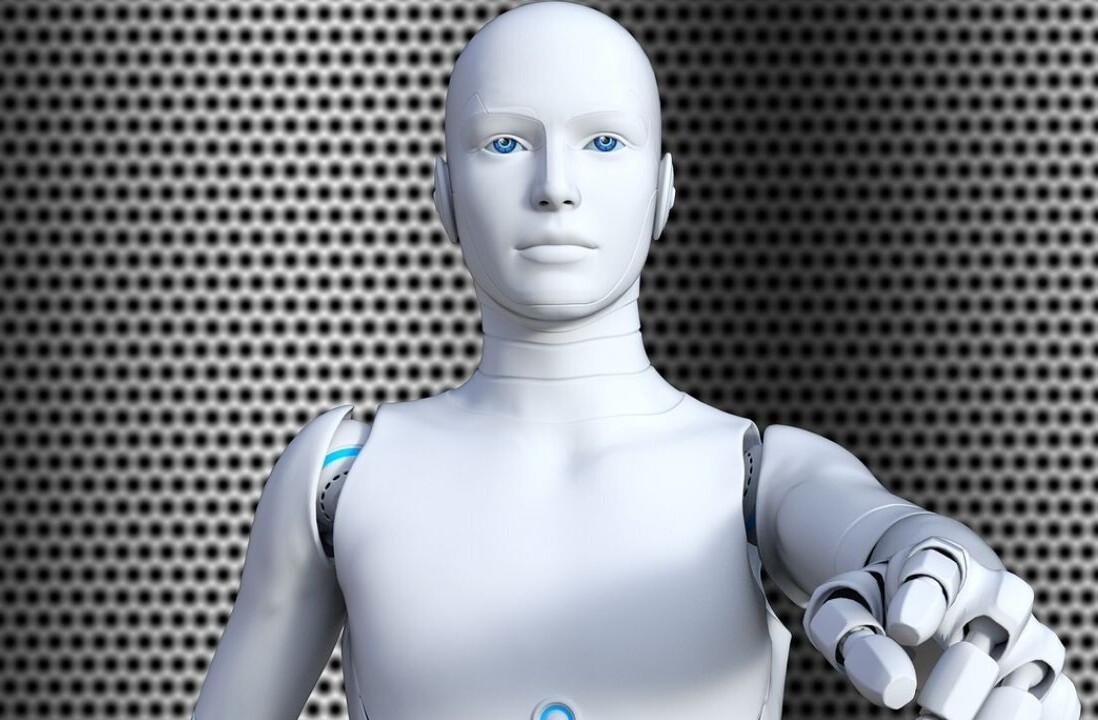
On the heels of Google informing developers that it’s ready to begin shipping out prototypes of its Glass smart eyewear, the company has posted documentation and example code for the device’s Mirror API.
The new site instructs developers on how to build “Glassware” for the upcoming platform and provides sample projects in Python and Java. It provides guidelines for how to use the Glass timeline, subscriptions, location, contacts, authorization and media upload, as well as best practices, a reference section and aplayground.
Google is providing four guidelines for Glass that it has used on its own services and recommends for developers:
- Design for Glass.
- Don’t get in the way.
- Keep it timely.
- Avoid the unexpected.
“Glass is a new platform,” Google Senior Developer Advocate Timothy Jordan notes in the above video. “In fact, it’s a new form of technology, and because of that, we need new rules for the road, new “guidelines” if you will to know how to build these services for users.”

Also included in the documentation is the button for sending things to Glass:

Update: Google has also released the technical specs for Glass:
- High resolution display is the equivalent of a 25 inch high definition screen from eight feet away.
- 5MP camera
- 720p video
- Bone Conduction Transducer for audio
- Wifi – 802.11b/g
- Bluetooth
- 12 GB of usable memory, synced with Google cloud storage. 16 GB Flash total.
- One full day of typical use.
The company says Glass is compatible with any Bluetooth capable phone, but a MyGlass companion app that adds GPS and SMS messaging will require Android 4.0.3 (Ice Cream Sandwich) or higher.
Related: Watch Google’s full rundown of Project Glass and the Mirror API from SXSW
Image credit: iStockphoto
Get the TNW newsletter
Get the most important tech news in your inbox each week.




